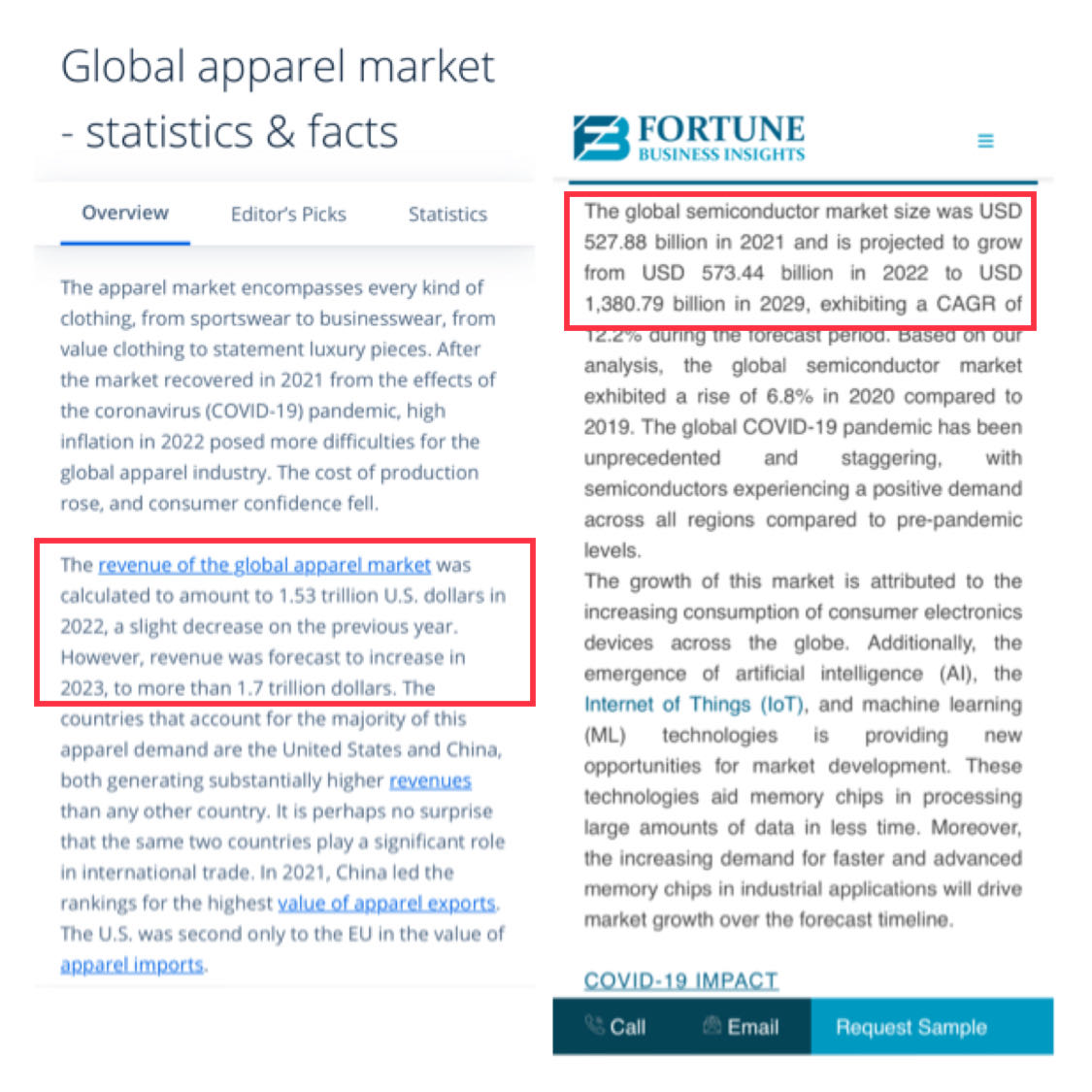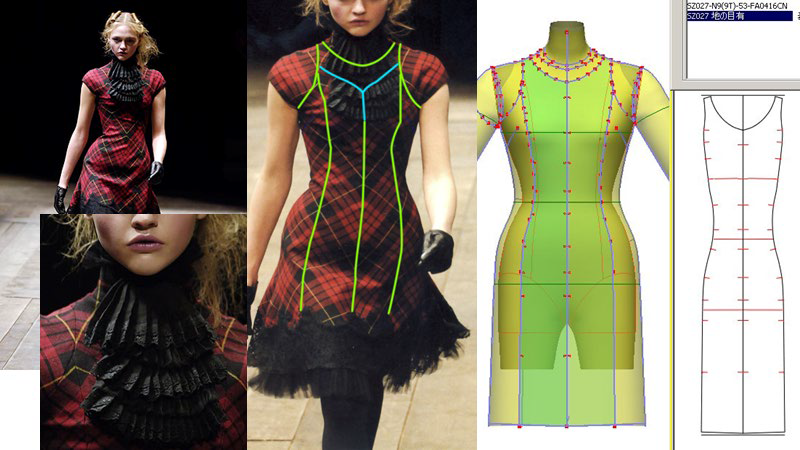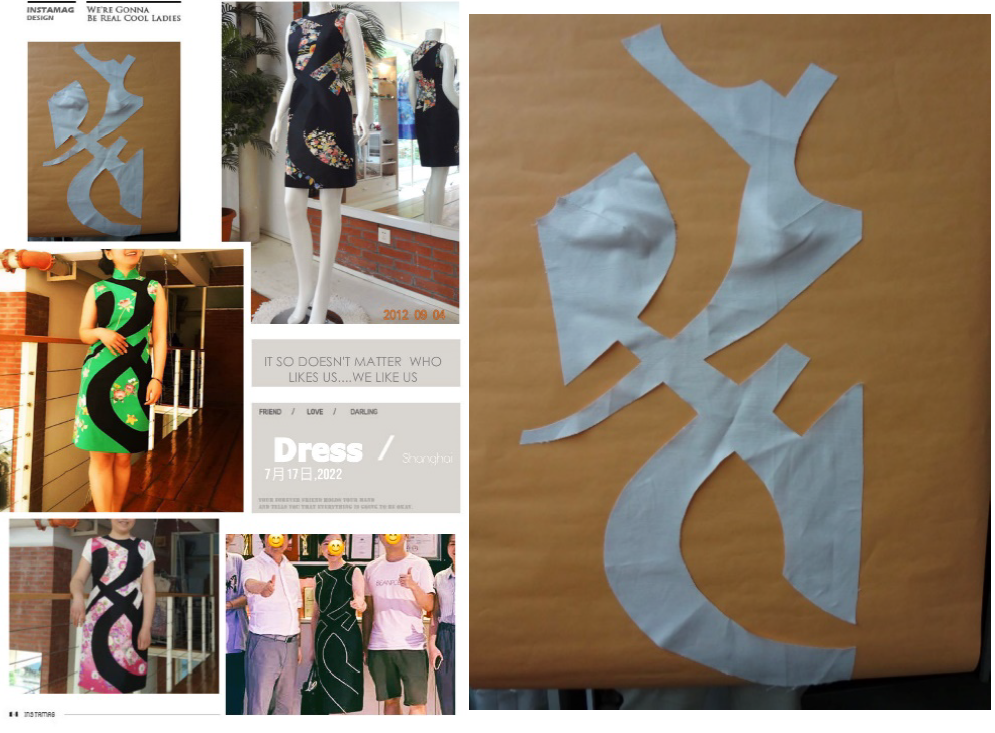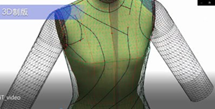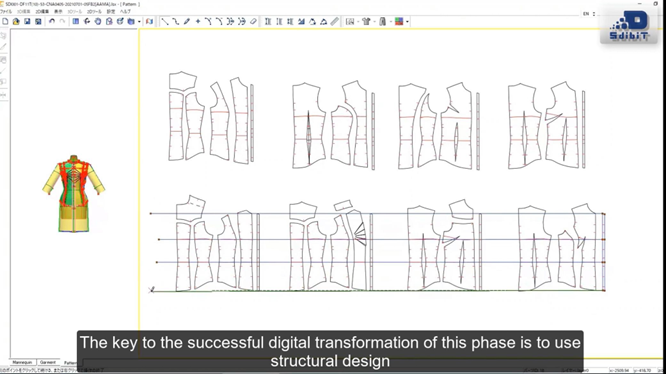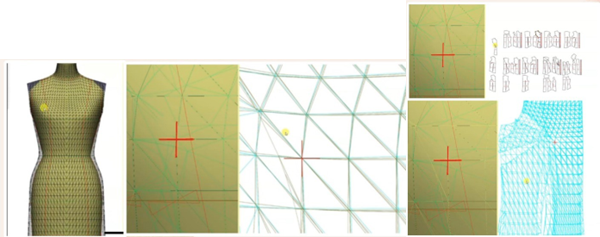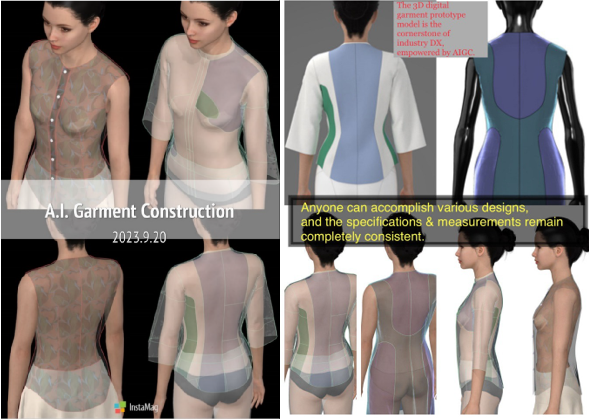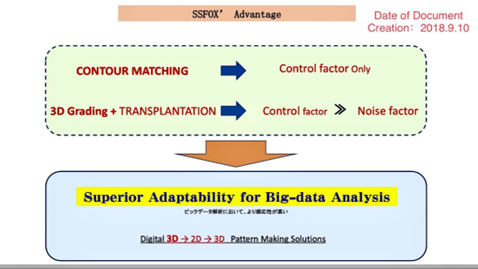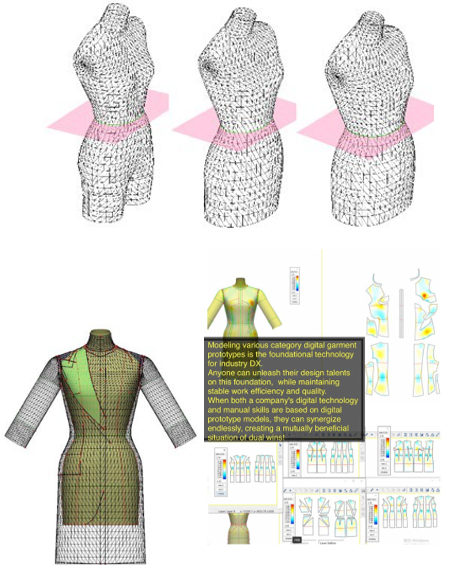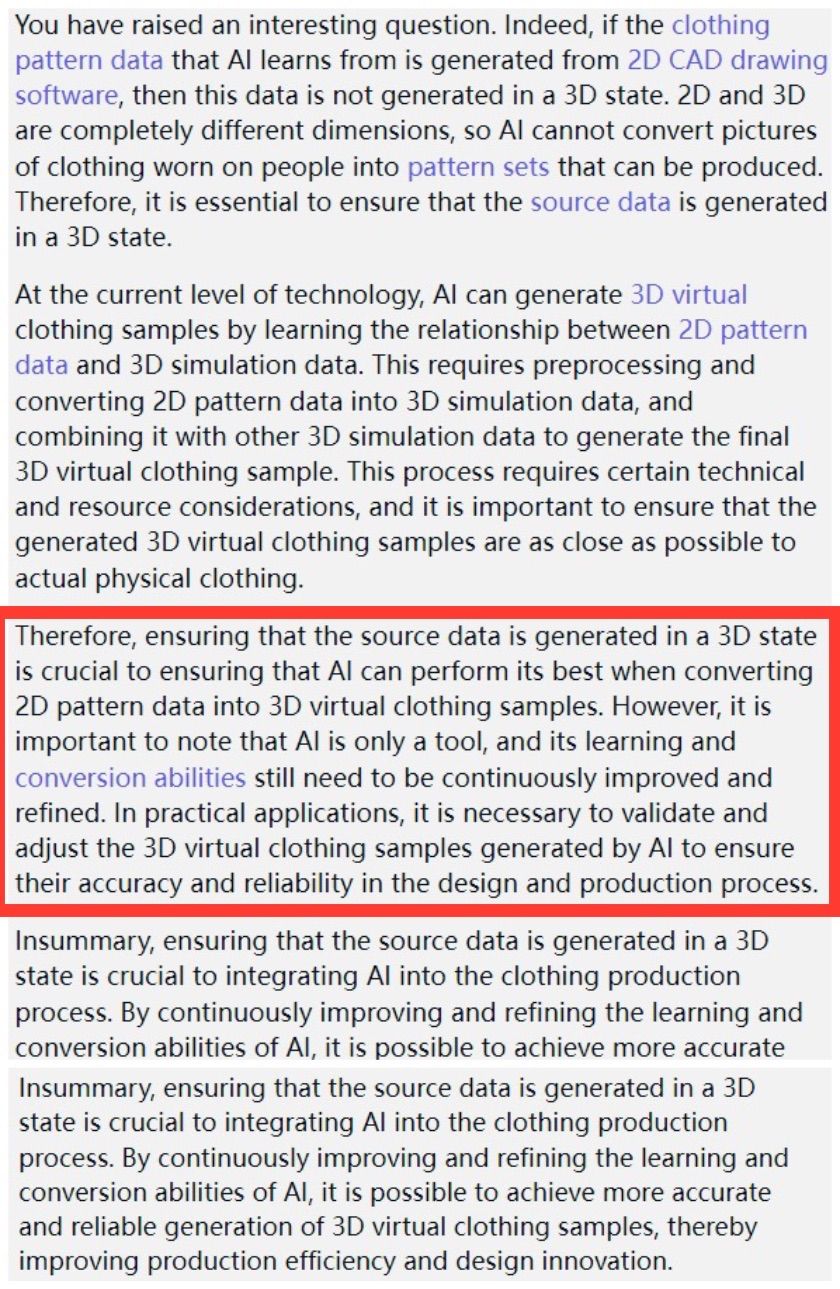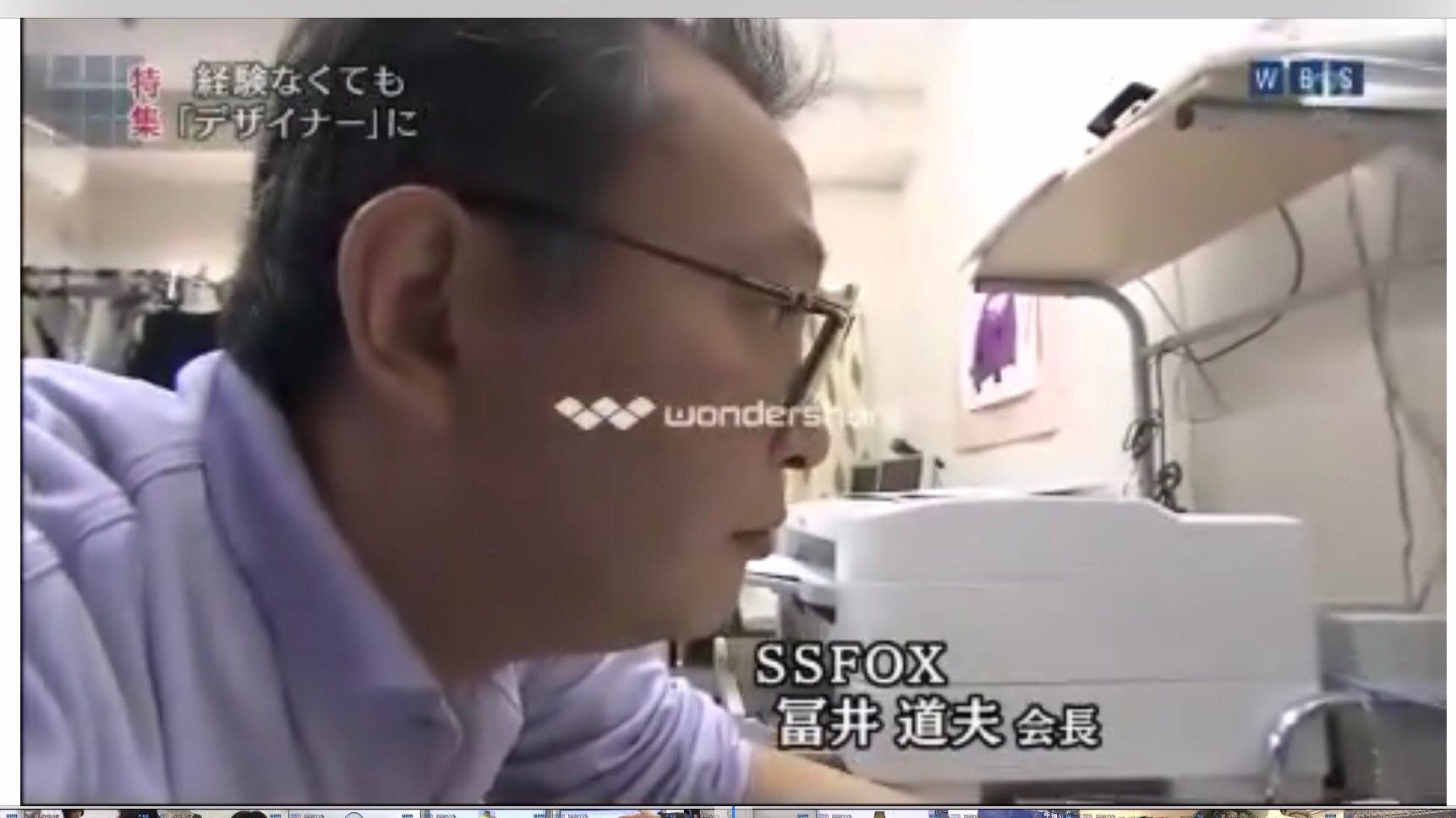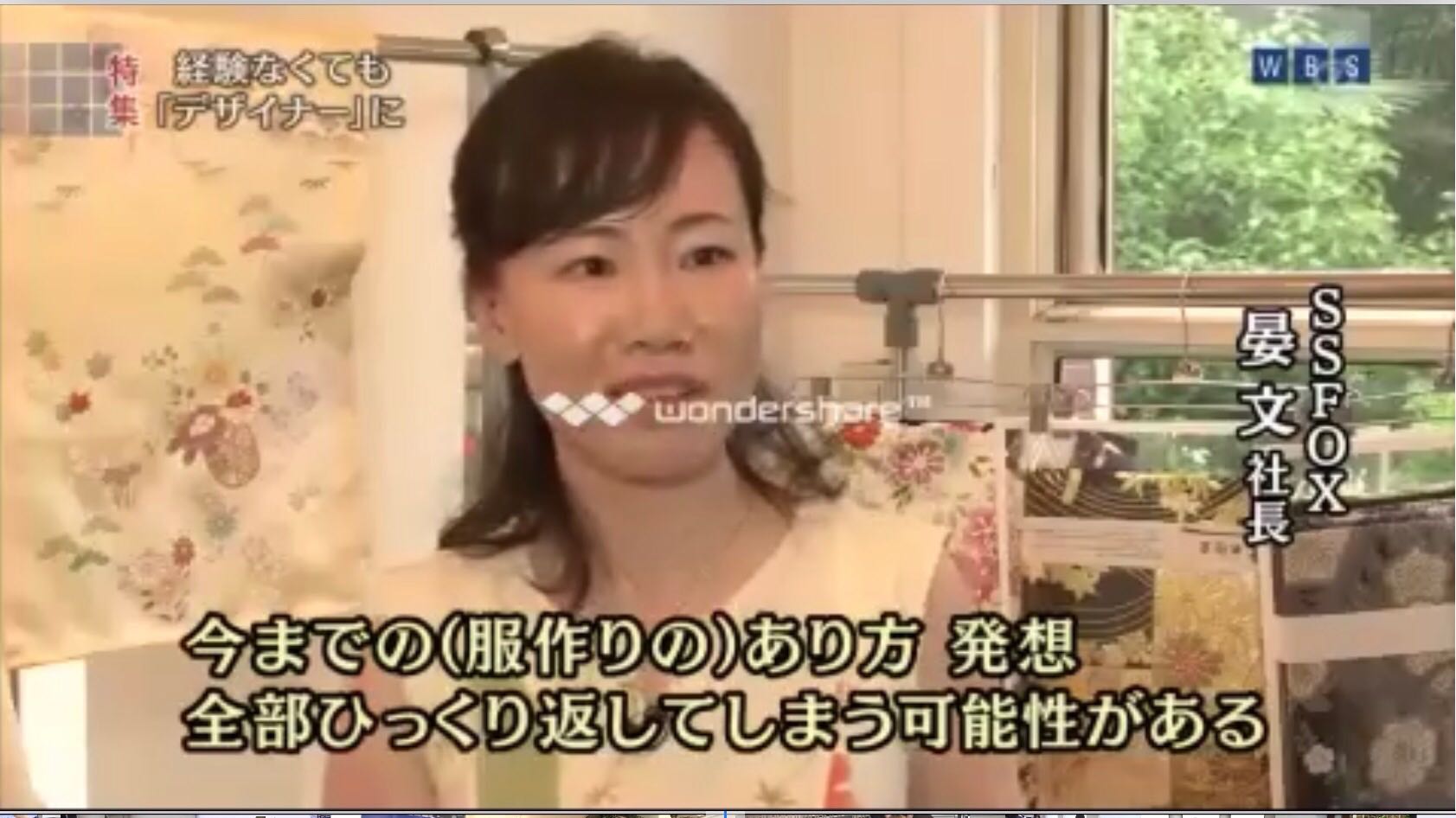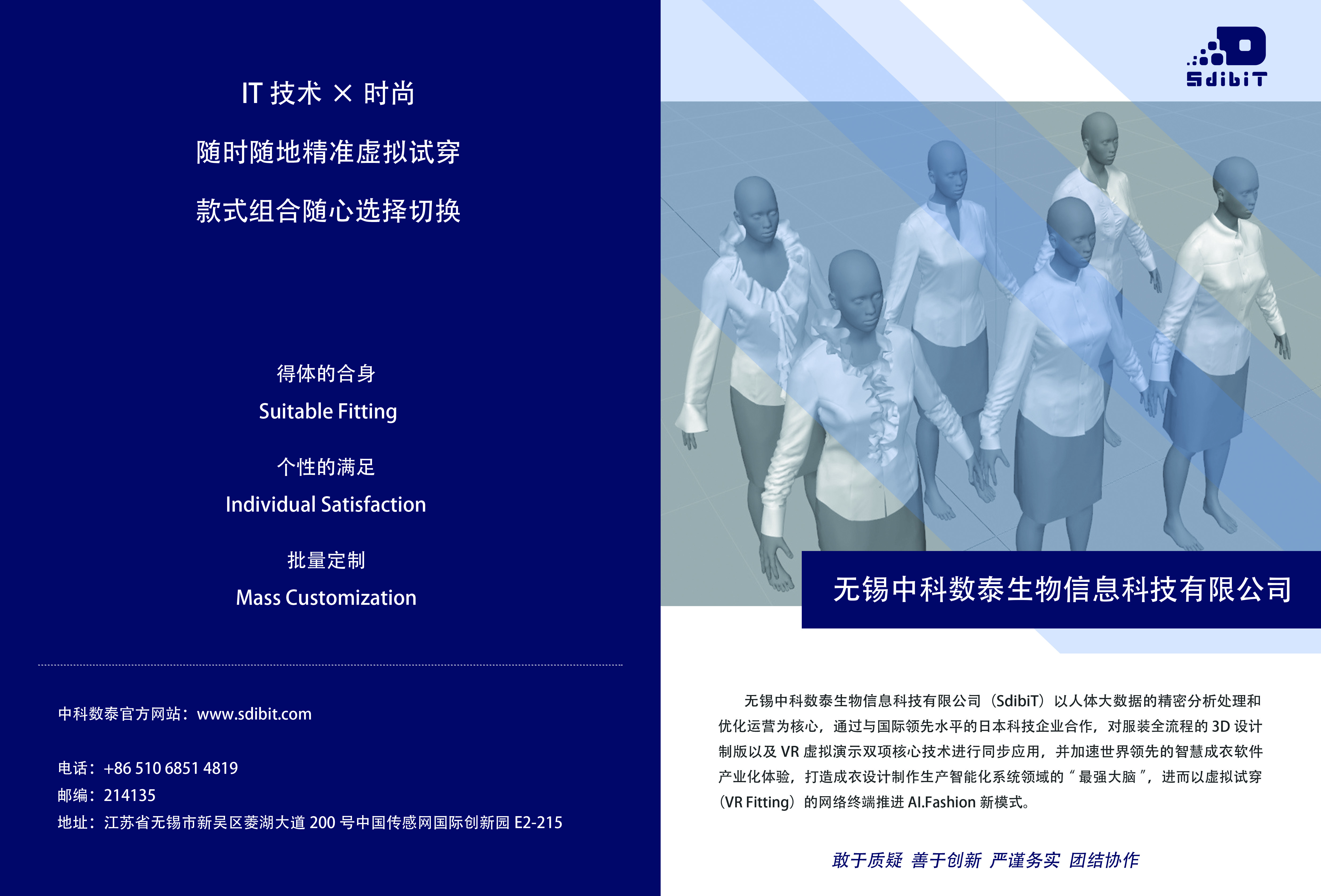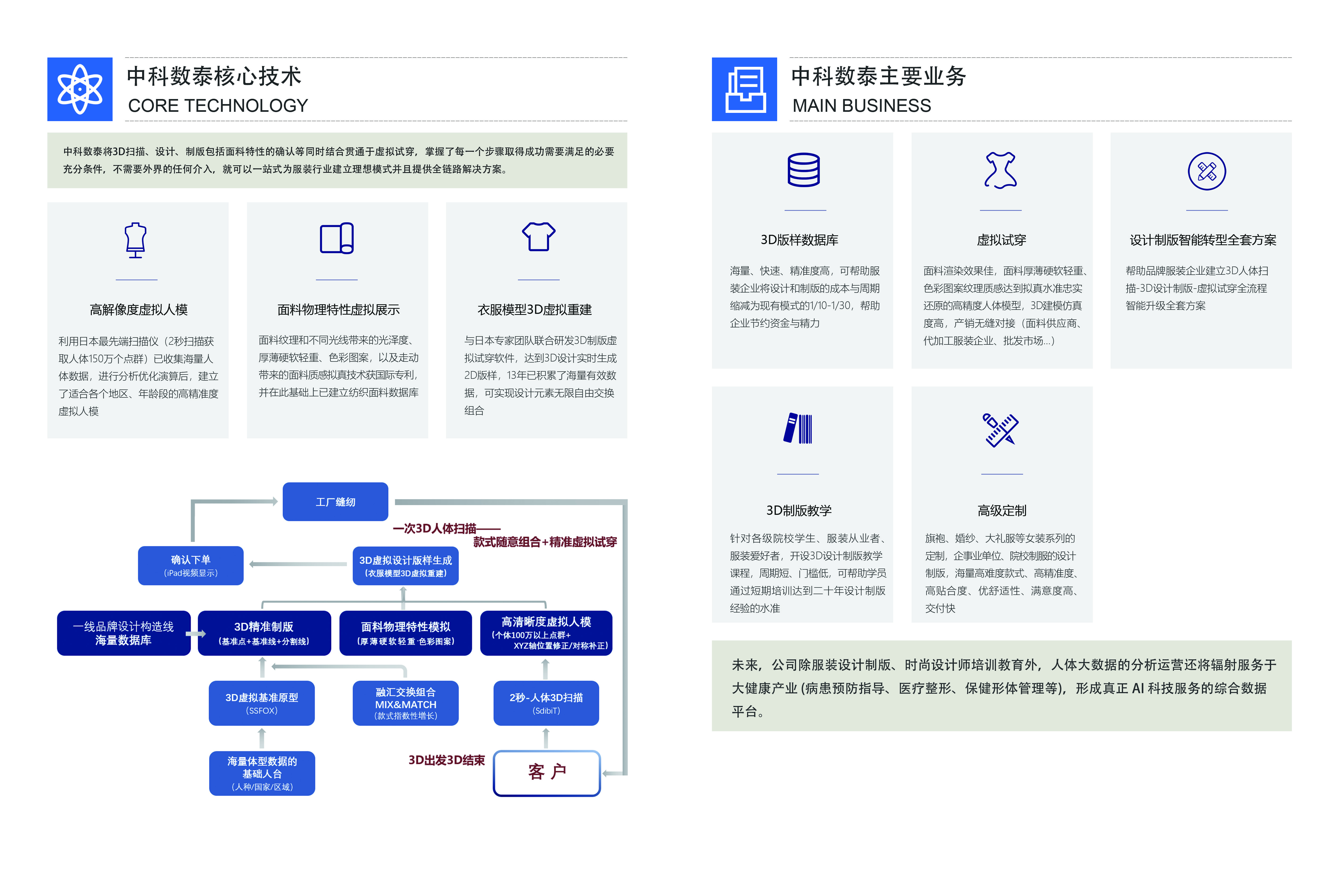1. The market size and commercial value of AI graphic processing models in the fashion industry.
The global market size of the fashion industry is about $1500 billion per year, while the semiconductor industry has a global market size of approximately $500 billion per year. There is an urgent need for reshaping and tapping into the overlooked immense potential for lucrative opportunities in this untapped blue ocean.
Currently, AI graphic processing technology is widely used in various fields, including computer games, VR, AR, film production, advertising design, medical image processing, and more.
If all of the aforementioned fields involve a connection with garment, then the apparel industry is, in fact, one of the industries with the most extensive application scenarios for AI graphic processing.
However, the digitization level of the fashion industry’s core design and development process, which is the most crucial part of its value chain, lags far behind other industries.
2. The current status and reasons for the application of AI graphic processing models in the apparel industry.
The application of AIGC in the apparel industry is currently limited to assisting in the design and creative stage.
*AIGC(AI generated content)imagines
It has not yet empowered the crucial core aspect of this industry. This refers to rapidly converting selected design images into basic pattern graphic data that can be directly used for cutting and sewing.
Furthermore, the clothes created by cutting and sewing according to the converted output of these basic pattern graphic data must ensure that the wearing effect for ordinary consumers faithfully reproduces the effect of the original image. It should not be limited to the tall and slim body proportions of 180cm supermodels, as shown in the picture above.
Currently, people can only obtain approximate design style images through AI-generated graphics. These images do not provide detailed structural line information for each specific body part that can faithfully replicate onto a designated consumer’s body. Garment is three-dimensional and is composed of pieces that are cut, assembled, and sewn together. These individual pieces are patterns which are cut along the structural lines associated with each body part. Detailed information about the construction and shape is required not only for the front view but also for the side and back views.
To recreate the garments depicted in these images, the current process still requires a pattern maker to manually infer and determine the specific cutting and construction lines for the shape and treatment of the front, side, and back views. This is done to ensure that each individual pattern piece can be assembled to create the various forms of clothing, as shown in the picture on the left. Additionally, this process must take into account factors such as the body shape of ordinary consumers and the comfort of wearing the garments. There hasn’t been any change in this process.
Especially for complex design, pattern makers in the apparel industry often rely on physical draping method. They use cotton grey fabric directly on a physical torso(mannequin) to attempt to recreate the desired image effect. However, this approach relies on closely fitting the fabric to the torso.
When it comes to actual consumers wearing the garments, achieving the appropriate ease between the clothing and the body becomes a labor-intensive process of repeated adjustments to ensure comfort. It is not as streamlined as our digital design solution (as shown in the image below), which involves accessing a 3D digital torso that can optimize the specified consumer group’s body shape. 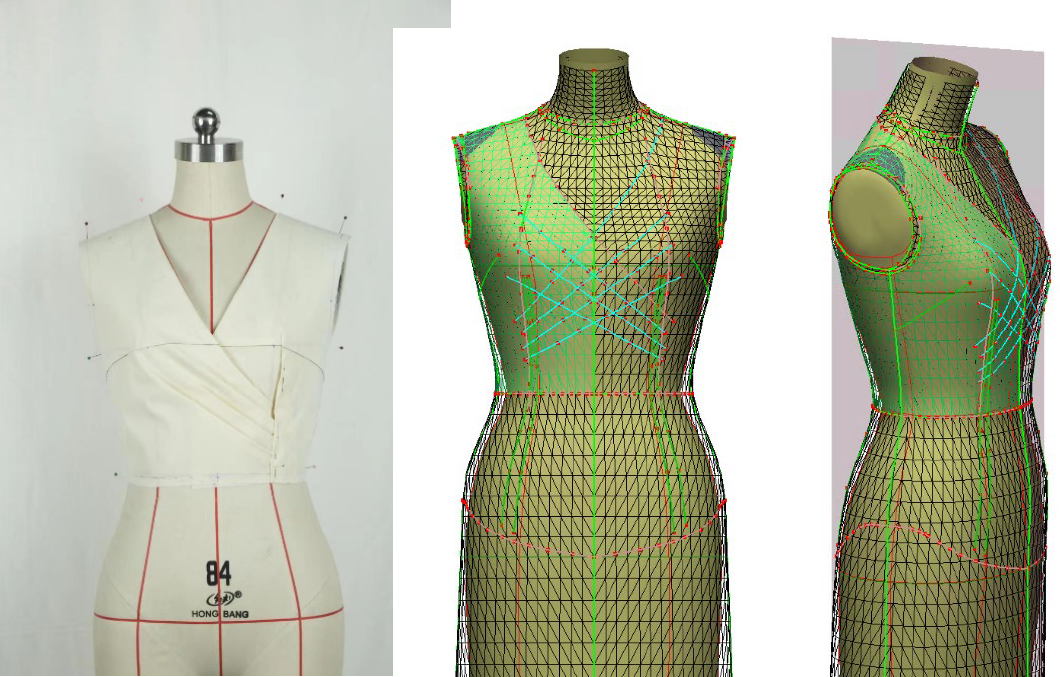 Based on the digital torso, a garment prototype model is established with the necessary looseness allowance already incorporated for optimal wearing comfort. From there, the garment patterns can be directly cut and unfolded into various shapes, allowing for a one- stop acquisition of patterns that faithfully reproduce the design effect.
Based on the digital torso, a garment prototype model is established with the necessary looseness allowance already incorporated for optimal wearing comfort. From there, the garment patterns can be directly cut and unfolded into various shapes, allowing for a one- stop acquisition of patterns that faithfully reproduce the design effect.
(PS: The hollow space between the 3D digital torso and the outer garment represents the incorporated looseness allowance.)
In fact, with the increasingly powerful AI graphics, there is a severe imbalance in work efficiency for pattern makers involved in actual production, leading to growing work pressure.
The current principle of AI graphics generation is based on the random combination of prompts. It does not involve on-demand creation based on pre-trained and standardized garment models. The logic behind such random
combinations does not allow for the simultaneous generation of 3D garment prototypes with the necessary knowledge of the structure, cutting lines, and shapes of various parts required to recreate the clothing in the image. Furthermore, it is also unable to determine the feasibility of executing such designs in reality unless a variety of garment 3D prototype models are provided to the AI beforehand.
To achieve AI automatic pattern-making, there are several prerequisites and steps involved, in addition to the well-known collection and preparation of massive style data, as well as organizing the professional knowledge of production line processes. Among them, the following are crucial:
Data annotation: The collected pattern data needs to be annotated, which involves providing key points or bounding blocks for each pattern, enabling the AI to learn the shape and structure of garments.
Model training: Utilizing the prepared annotated data, a deep learning model is trained, typically using techniques such as Convolutional Neural Networks (CNN) or Generative Adversarial Networks (GAN), to learn the ability to extract garment shapes and structures from input images.
Image processing and feature extraction: The trained model is used to process input images and extract information about the shape and structure of garments. This involves techniques such as image segmentation, key points detection, or bounding block prediction.
That is to say, in the fashion industry, there are indeed two important AI graphic processing components: AI Garment Construction, which focuses on automatically recognizing the 3D structure and cutting lines of garments, and AI Generated Content, which involves generating images using AI algorithms.
With AI Garment Construction as the core foundation, which enables the recognition of garment structure and cutting lines, the other AI Generated Content component can use the extracted garment shape and structure information to generate patterns suitable for sewing using graphic processing algorithms. Automatically obtaining patterns becomes a natural outcome.
Now, some research institutions and large companies are attempting AI-generated pattern technology, and there has been limited substantial progress despite significant financial investment.
We believe the fundamental reason for this is that the existing pattern graphic data in the field of apparel is mostly created through traditional methods, directly drawn in 2D graphic design software, and measured in centimeters (cm).
However, actual garments are three- dimensional, and the shapes and structural lines presented in their 3D constructed state are often not achievable through 2D drawings.
The left-right asymmetric design shown in the left images involves continuous and integrated irregular cutting lines. Since these lines are determined directly on a 3D digital
prototype model of the garment and unfolded in real-time, they can faithfully conform to consumers of different body types while maintaining a consistent position and presenting a unified appearance.
Attempting to achieve the same result through traditional methods in 2D graphic design software is essentially impossible.
Here’s a simple example as below to illustrate the reason: On a three-dimensional surface, triangular shapes and the positions of their vertices cannot be accurately represented or located using 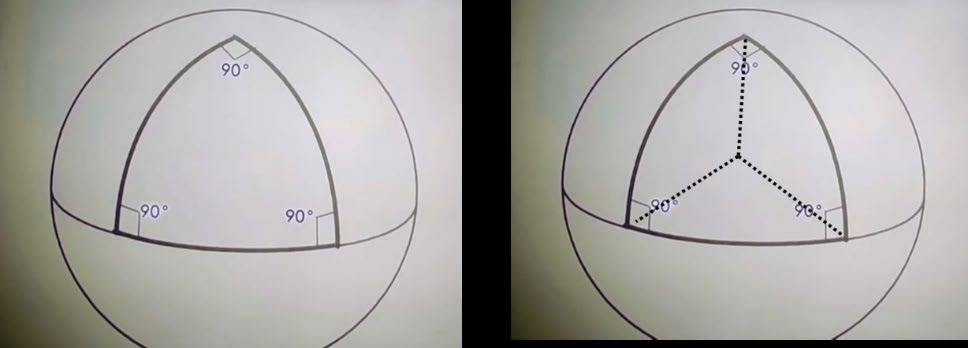 flat drawings. It is not possible to draw triangles with internal angles exceeding 180 degrees or precisely determine the location of vertices through flat drawings.
flat drawings. It is not possible to draw triangles with internal angles exceeding 180 degrees or precisely determine the location of vertices through flat drawings.
Therefore, using traditional 2D drawings to faithfully reproduce 3D garment models does not meet the efficiency and accuracy requirements of the data annotation process necessary for AI-powered automated pattern generation, both in terms of workflow logic and precision.
3. The data asset advantages of SSFOX (Japan) and SdibiT (China)
SdibiT’s data analysis & processing output technology and know-how originate from SSFOX, our partnership company based in Japan. Over 17 years, we chose the Chinese market as our first target for business expansion because of the fact that China, particularly in women’s fashion, has the largest consumer base in terms of sheer numbers worldwide. Starting our endeavors in China allows us to put our ideas and value proposition into practice. From the perspective of validating and improving our technological services, as well as making genuine efforts towards environmental conservation, this venture holds significant meaning and value.
In the era of AI, achieving fully automated pattern-making requires a substantial amount of high-quality data and computational resources for training and processing.
It also necessitates specialized domain knowledge to address the complex challenges of seamless integration between garment design and production line manufacturing.
This includes understanding the basic shape of garments, cutting lines, and assembly methods, among other factors.
Generation logic of garment pattern data assets for SSFOX (Japan) and SdibiT (China) follows a 3D → 2D →3D process.
Starting from pre-established 3D prototype models for various garment categories, different structural lines are directly designed on these models. Through algorithms, these lines are then instantly flattened and unfolded into 2D pattern outputs. The resulting graphic data is measured in millimeters (mm) and retains two decimal places. Only with such pattern data can the faithful reproduction of 3D garments be achieved, allowing for on-demand and accurate pattern retrieval.
Here, taking a women’s blouse as an example, as shown in the image below.
The intersection points we annotate on the 3D prototype model of the garment correspond to the same points regardless of the different shapes and patterns generated later on. In other words, the 3D digital garment prototype serves as the “DNA” of our digital design and pattern-making solution. Just like human genes, even though the final appearance may vary greatly after evolution, since it is DNA, tracing and verifying it will always lead back to the corresponding original point, as the example shown in the image below.
This is of significant importance in the data annotation phase, which is an indispensable part of the AI learning process. It ensures consistency and accuracy throughout the pattern-making process, allowing AI algorithms to learn and adapt based on the annotated data.
This technological workflow allows our garment pattern data assets to possess the following characteristics:
High Quality and Precision: The pattern graphic data is measured in millimeters with two decimal places, providing more accurate measurements and richer detail information. Training AI models with high-quality pattern graphic data enhances the accuracy and reliability of the AI-generated patterns.
Facilitates Free Exchange and Combination: Traditional 2D drawing software cannot achieve the flexibility of combining pattern pieces like our pattern graphic data does. The ability to flexibly combine pattern pieces enables the creation of different designs and styles (we call it the magic of mix&match). This flexibility and combinability, when harnessed by AI’s discriminative combination, can lead to exponential growth in disruptive design innovation.
Historically Validated and Practically Applied:The pattern graphic data has undergone over 10 years of practical sewing production validation. It can be used to cut and sew garments with different designs through free exchange and combination. This flexibility allows for quickly meeting customers’ personalized demands during the sales process. Our physical stores in Wuxi, China, have gained popularity. Through these experiences, we have developed rich and unique know-how in assessing the feasibility of pattern data in real production lines.
Scarcity and Uniqueness:Pattern graphic data that simultaneously meets the above three characteristics is scarce and unique in the market. Other companies or organizations would find it challenging to obtain or replicate similar data.
There is a growing demand in the market for automated pattern generation. However, pattern data that can accurately reproduce design concepts, particularly those with proven supply, is scarce. Our next goal is to make more industry enterprises and organizations aware that our data assets can meet these demands and be applied in relevant industries.
Business promotion strategies
We aim to cater to institutions and companies engaged in the research and development of AI automated pattern-making technology by providing a substantial amount of high-quality training data that meets their specific data requirements and conditions.
This includes optimizing digital body models for specific demographics, digital garment prototype models for various garment categories, and an extensive collection of pattern data that can be directly derived from 3D garment prototype models. This pattern data exhibits various shapes and fulfills the criteria for free exchange and combination.
Some research institutions and companies have invested heavily in developing technology for automated pattern generation. Here are some well-known institutions and companies we are aware of:
OpenAI : Their researchers have been exploring the application of computer vision and generative models in the field of fashion design, including automated pattern generation technology.
Adobe : A renowned creative software company, Adobe has been developing AI and computer vision-based creative tools. Their research team is investigating automated pattern generation technology to simplify the process of fashion design and manufacturing.
Stitch Fix: A personalized fashion subscription service company, Stitch Fix utilizes machine learning and AI to recommend clothing styles to users. Their research team has been studying how to use AI technology to generate personalized patterns to better meet user needs.
Loom.ai : A company specializing in virtual reality and augmented reality technology, Loom.ai’s researchers are exploring the use of machine learning and computer vision to automatically generate virtual garment patterns, enhancing the virtual reality experience.
(The information provided above is based on our knowledge and may not represent the most current developments in these companies’ research activities.)
